#Poaceae
Text
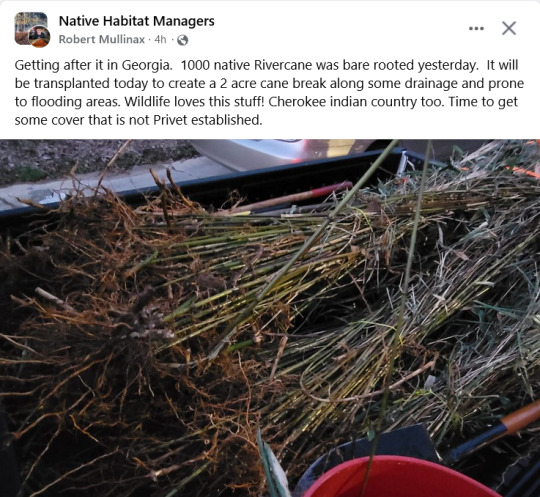
@headspace-hotel Its happening!
529 notes
·
View notes
Text

Ivy based on Poaceae, the family of grasses, and one from the “weeds” in the back of the place I’m staying. It’s a good thing I looked them up bc I was calling this family Potiaceae which is actually moss, I work with moss but never with grasses really. Flowering plants are not my forte lol. I get names mixed up a lot, it’s rough when my microbiology gets involved bc I have to think. What is this. Where did this name come from. Who are you.
Anyway! Cool grass facts! The leaves of this grass were velvety and soft and I thought it’d make a good suit.
#poison ivy but she’s an actual botanist#poaceae#grasses#poison ivy design#poison ivy#poison ivy dc#poison ivy fanart#character design#artists on tumblr#art#illustration#concept art#dc#botany
90 notes
·
View notes
Text

T – Triticum neglectum (Req. ex Bertol.) Greuter – Cerere con tre reste (Poaceae)
15 notes
·
View notes
Video
A little girl threw sand and sunk Poaceae on the beach.
Source

147 notes
·
View notes
Text


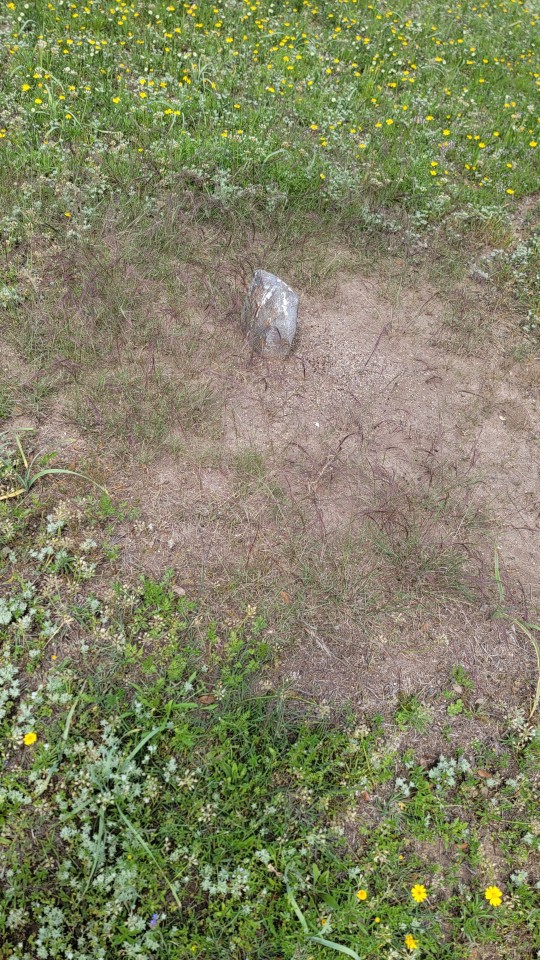
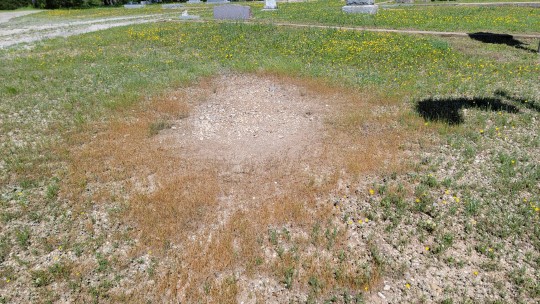
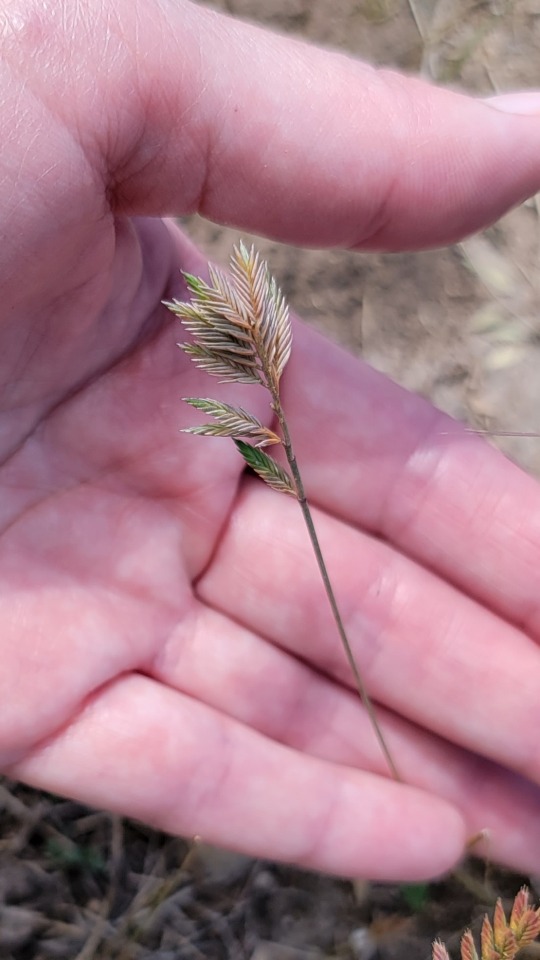

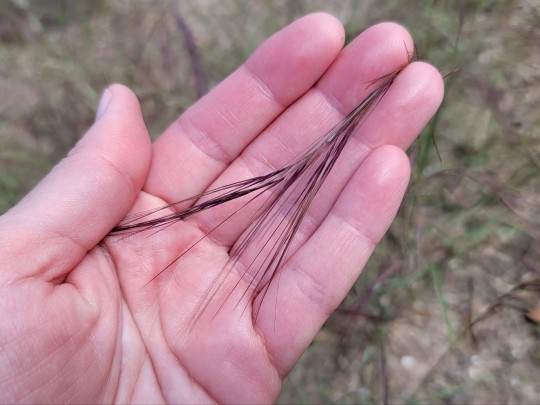

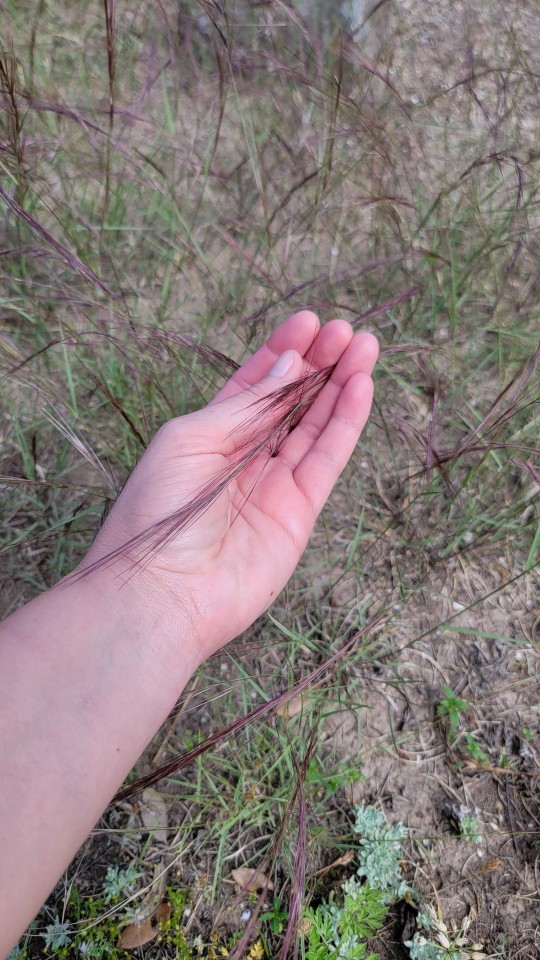
Red harvester ant (Pogonomyrmex barbatus) nests are extremely conspicuous because the ants clear out vegetation growing within a certain radius of the entrance, as well as along favored paths. In this case, at this time of year, two species of grass are not only overrepresented along the perimeter, but actually growing within the normally barren zone: purple three-awn (Aristida purpurea), and what I am reasonably certain is six-weeks fescue (Vulpia octoflora, but I could be wrong). Some studies have shown that plants growing on harvester ant nest rims are more resilient to stress from drought and overgrazing. They certainly give these smaller grasses some relief from competing with the dense and diverse population of herbaceous species that lie outside the nest perimeters. The ants themselves are seed harvesters, and while they gather from a wide variety of sources, having grasses right on their doorstep probably works out to their advantage too.
11 notes
·
View notes
Text

Source: natures.lights
ℍ𝐚𝓵l נ𝐀 𝔳คĻǤẸ
25 notes
·
View notes
Text


Photos 1-2 - Specimen 1
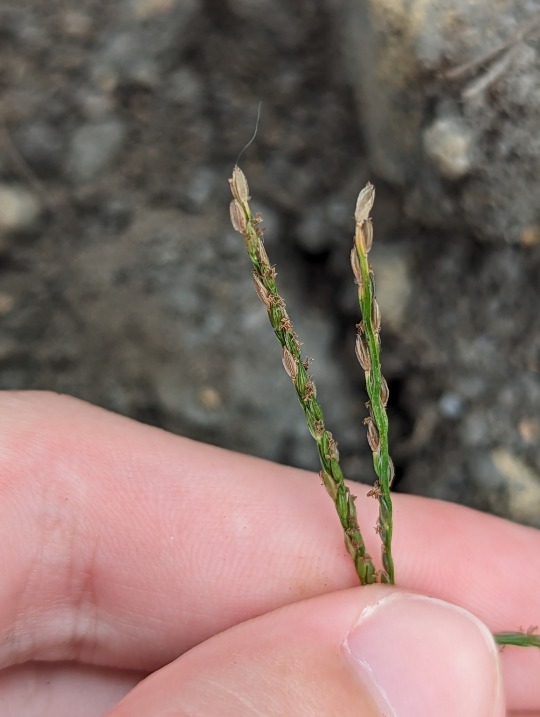
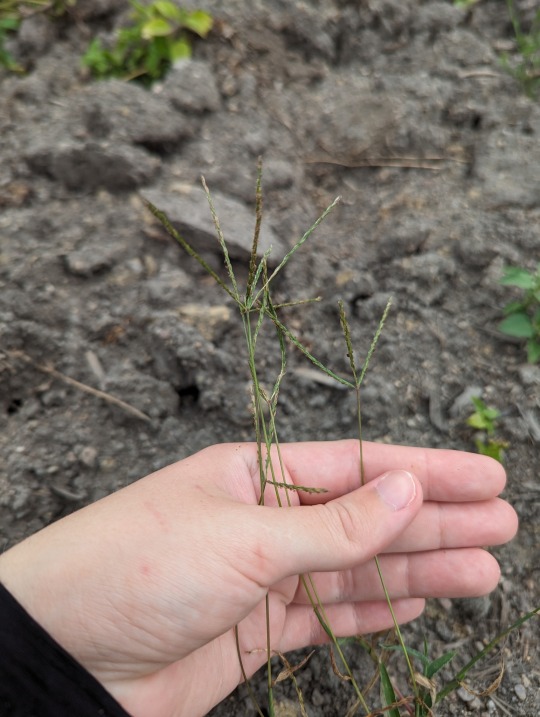
Photos 3-4 - Specimen 2

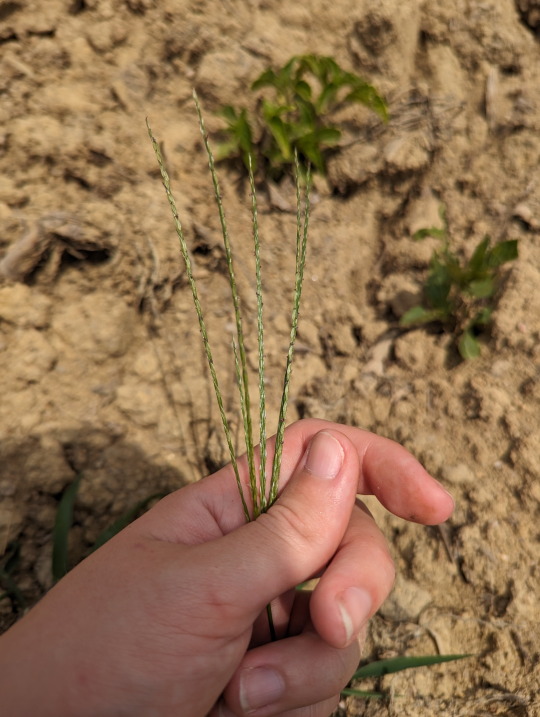
Photos 5-6 - Specimen 3
Thin Digitaria grasses.
28/10/23 - Digitaria spp.
QLD:WET - El Arish, farmland
#unidentified#Digitaria#Poaceae#Grasses#Poales#Liliopsida#Monocots#Tracheophyta#Vascular Plants#Angiospermae#Flowering Plants#angiosperms#Plantae#plants#botany
15 notes
·
View notes
Text

Reed reflection
#reed#water#nature#photography#waves#zen#patterns in nature#poaceae#a game of tones#wave#artists on tumblr#original photographers#photographers on tumblr#lensblr#original photography#pws
22 notes
·
View notes
Text
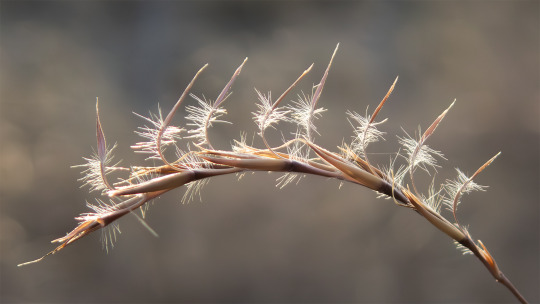
Scientific Name: Schizachyrium scoparium
Common Name(s): Little bluestem
Family: Poaceae (grass)
Life Cycle: Perennial
Leaf Retention: Deciduous
Habit: Graminoid
USDA L48 Native Status: Native
Location: Lucas, Texas
Season(s): Winter
Post-fruiting, based on season, but I’m not good at recognizing grass phenology.
#Schizachyrium scoparium#little bluestem#Poaceae#perennial#deciduous#graminoid#native#Lucas#Texas#winter#fruit#brown#tan#bluestem#plantblr
7 notes
·
View notes
Text
Lemongrass tea (cooking)


Lemongrass, a Poaceae herb native to Southeast Asia, contains a component called limonene, just like citrus fruits, and has the same scent as lemon. In Thailand, the stems are mainly used to flavor a soup called Tom Yum Kung or to make tea. It can be easily brewed in a normal herbal teapot. The Poaceae family is a monocotyledonous plant with a simple structure, but it is more evolved than a dicotyledonous plant and adapts to changes in the environment.
レモングラス・ティー(料理)
東南アジア原産のイネ科のハーブ、レモングラスには、柑橘類と同じくリモネンと言う成分が含まれ、レモンと同じ香りがする。主に茎を、タイ国ではトムヤンクンというスープの香り付けにしたり、ティーにしたりして、飲用する。普通のハーブ茶器で簡単に淹れられる。イネ科は、単子葉植物で、構造が簡単だが双子葉植物より進化していて、環境の変化に適応している。
(2023.08.25)
#Lemongrass tea#lemongrass#Poaceae#monocotyledonous plant#Babylman#dicotyledonous plant#Tom Yum Kung
8 notes
·
View notes
Text
Reading about panic grass isn't as much fun when you consider that "panic" is just short for "panicle".
11 notes
·
View notes
Text
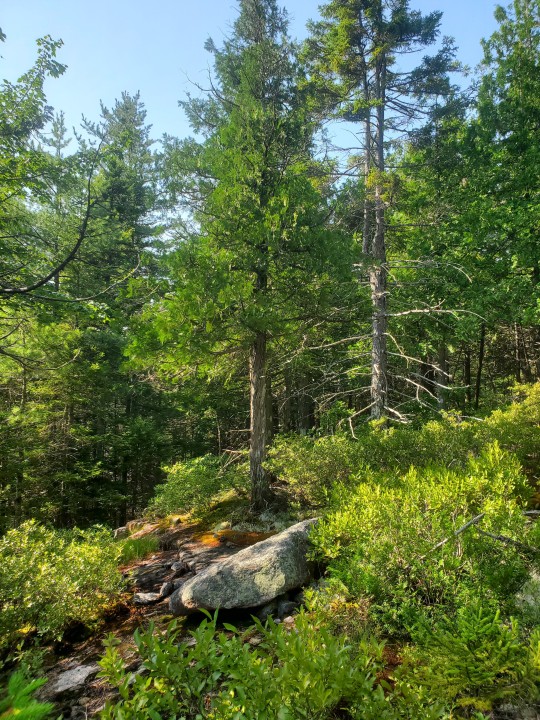
One of the views at work today!!
Spent the day doing seed collections for a restoration project — mostly grasses; Deschampsia flexuosa, Danthonia spicata, and Agrostis scabra are perfect for collection right now (just starting to shed their seeds!).
6 notes
·
View notes
Text
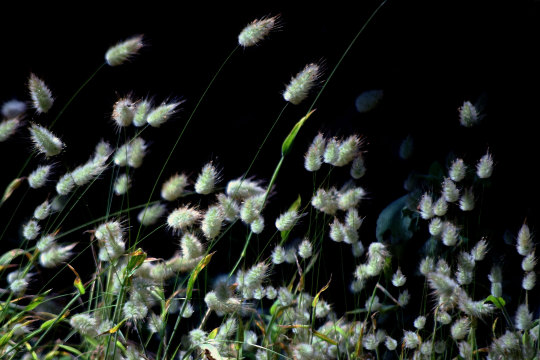
Cartolina: Piumini (Lagurus ovatus L., Poaceae)
26 notes
·
View notes
Text

#bromes#bromus#grass seed heads#poaceae#moon#summer nights#meadow#arike fyris#uppsala kungsängs naturreservat#uppsala#sweden
3 notes
·
View notes
Text


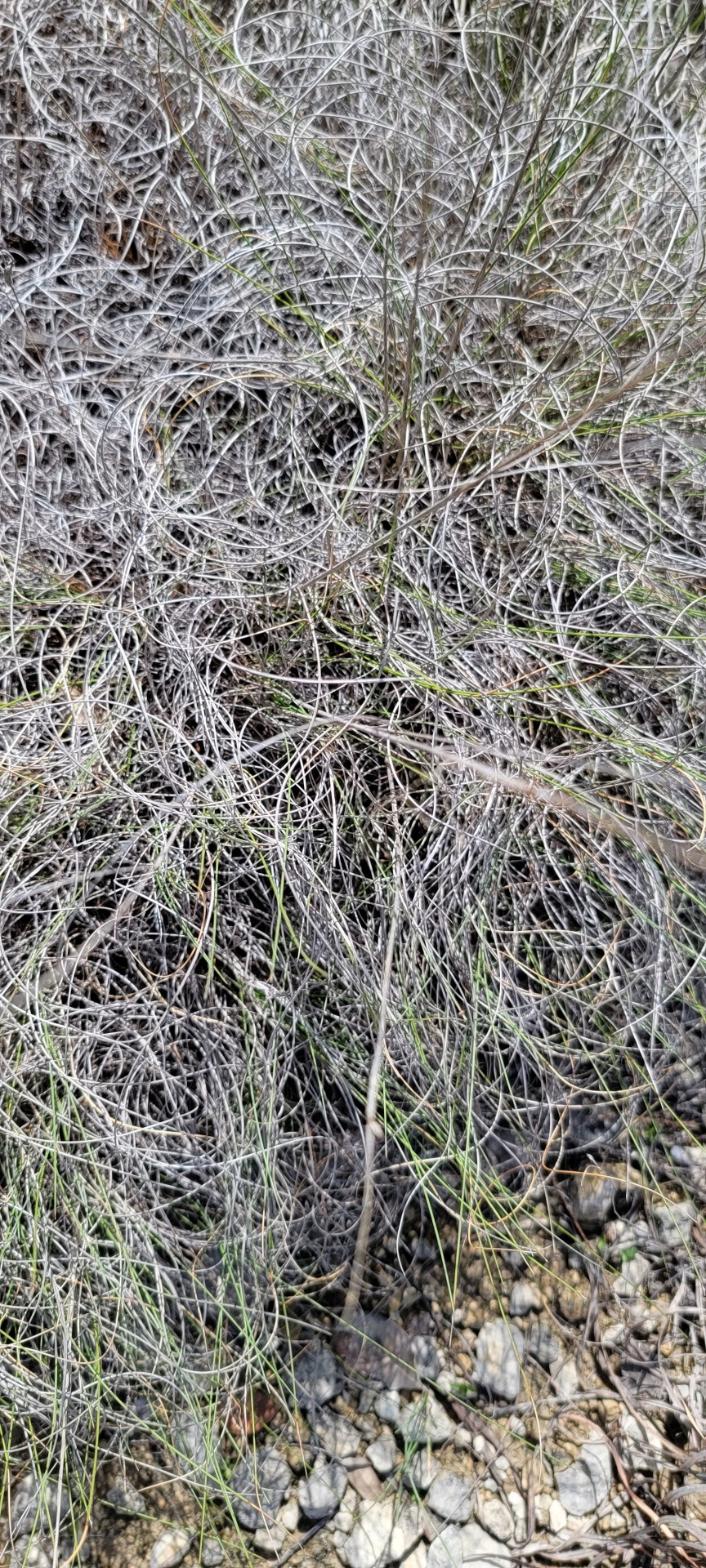
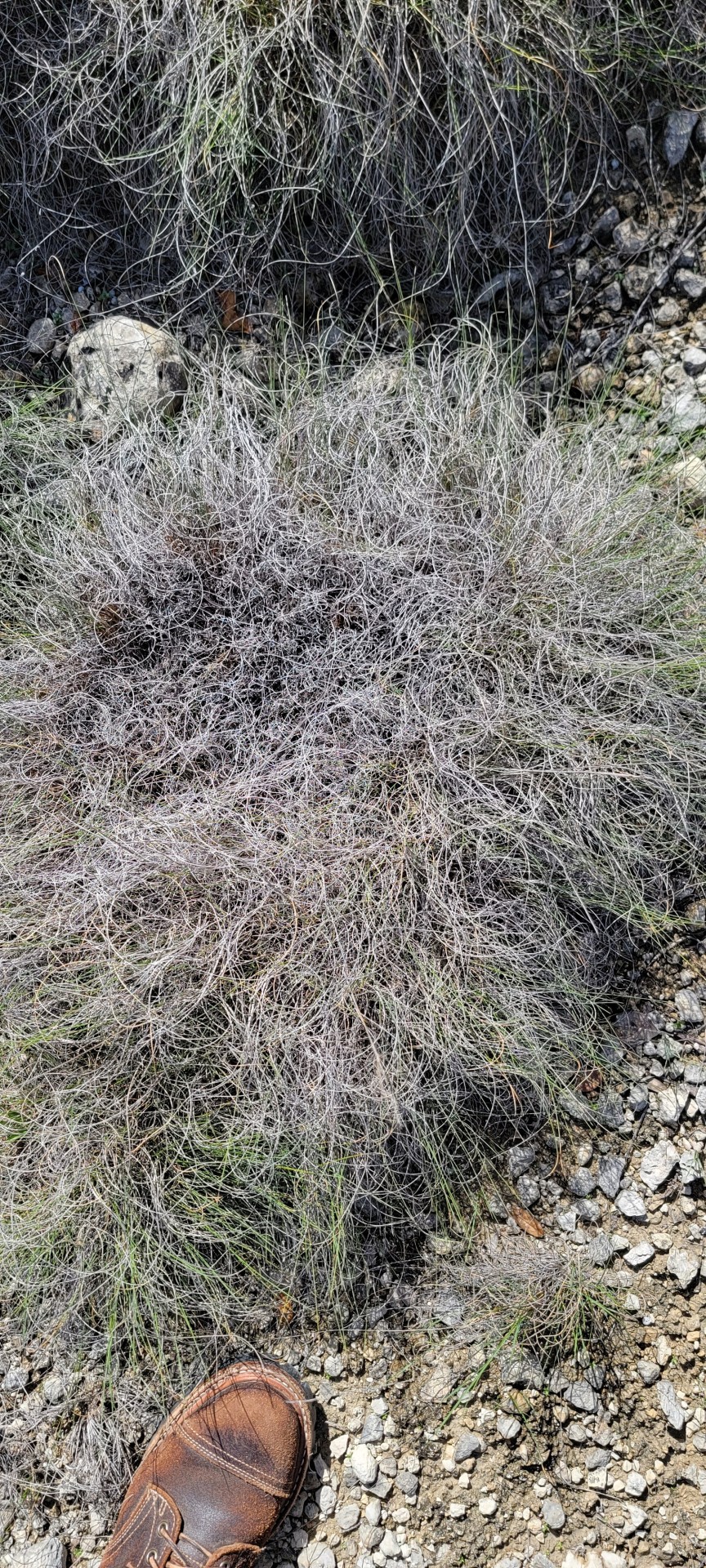
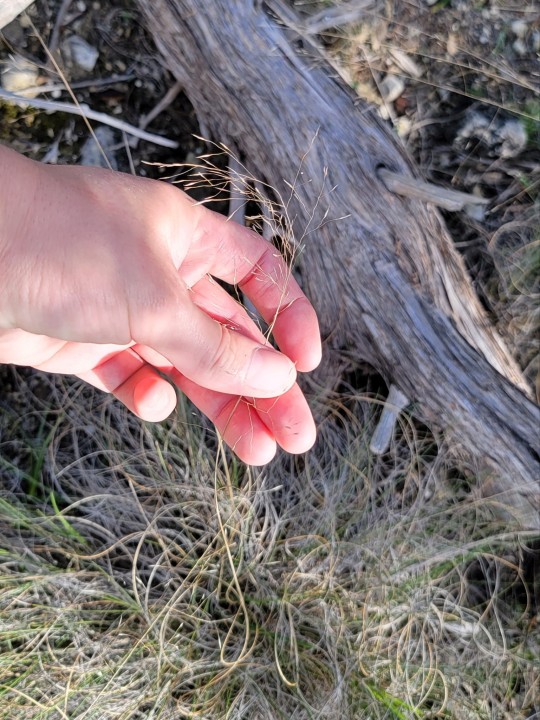
Seep muhly (Muhlenbergia reverchonii). Like its larger and more widely cultivated relative Gulf muhly, this is a bunchgrass, meaning they form discrete clumps rather than spreading out via rhizomes or stolons like a sod grass. These are just breaking domancy, allowing a clear view of the wiry, curly, dead blades retained at the base, forming dense mounds. These help trap seeds that might otherwise continue to wash or blow downhill. While the clumps themselves are too tightly packed for anything to grow through, you will often find other plants on their immediate perimeter.
19 notes
·
View notes
Text
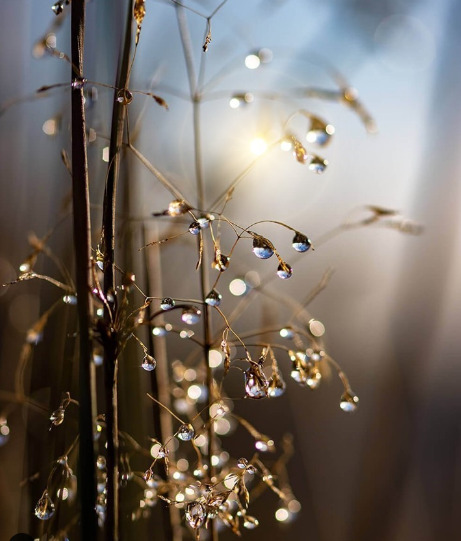
Source: mdfoto.nl
ℍ𝐚𝓵l נ𝐀 𝔳คĻǤẸ
11 notes
·
View notes